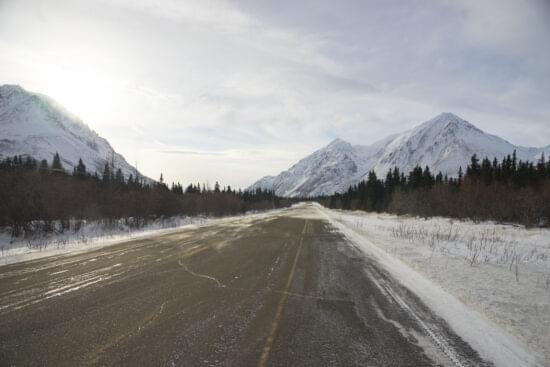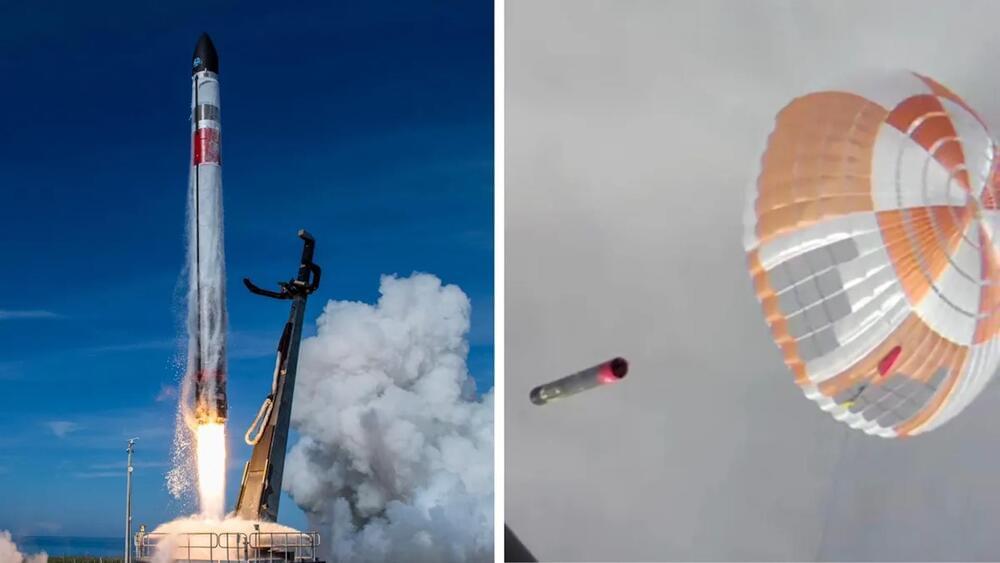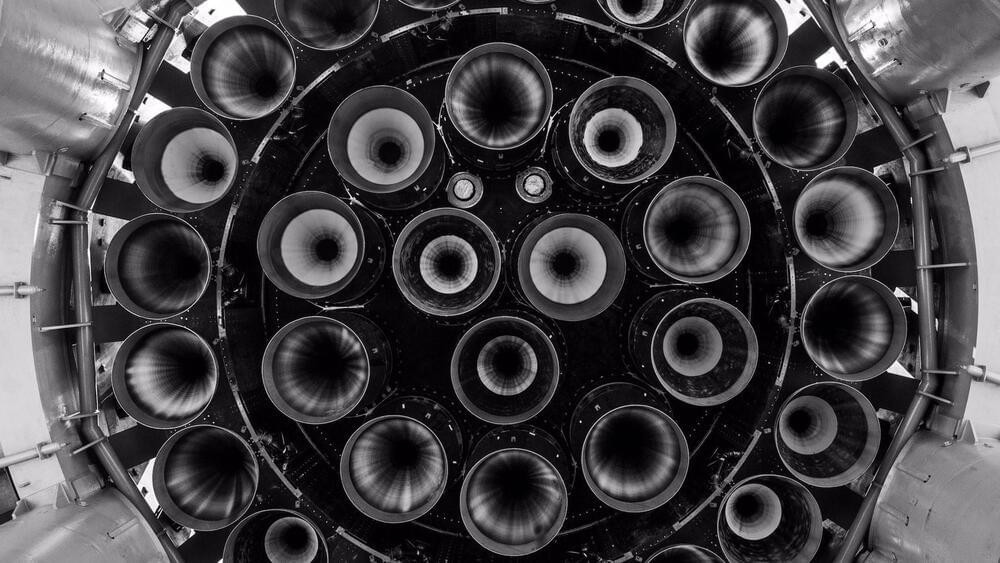Gallery QI — Becoming: An Interactive Music Journey in VR — Opening Night.
November 3rd, 2022 — Atkinson Hall auditorium.
UC San Diego — La Jolla, CA
By Shahrokh Yadegari, John Burnett, Eito Murakami and Louis Pisha.
“Becoming” is the result of a collaborative work that was initiated at the Opera Hack organized by San Diego Opera. It is an operatic VR experience based on a Persian poem by Mowlana Rumi depicting the evolution of human spirit. The audience experiences visual, auditory and tactile impressions which are partly curated and partly generated interactively in response to the player’s actions.
“Becoming” incorporates fluid and reactive graphical material which embodies the process of transformation depicted in the Rumi poem. Worlds seamlessly morph between organic and synthetic environments such as oceans, mountains and cities and are populated by continuously evolving life forms. The music is a union of classical Persian music fused with electronic music where the human voice becomes the beacon of spirit across the different stages of the evolution. The various worlds are constructed by the real-time manipulation of particle systems, flocking algorithms and terrain generation methods—all of which can be touched and influenced by the viewer. Audience members can be connected through the network and haptic feedback technology provides human interaction cues as well as an experiential stimulus.
While the piece is a major artistic endeavor, it also showcases a number of key technologies and streaming techniques for the development of musical content in XR. The spatialization system Space3D, developed at Sonic Arts and implemented to run on advanced GPUs, is capable of creating highly realistic spatial impressions, and recreating the acoustics of the environment based on the virtual models in real-time using advanced multi-processing ray-tracing techniques.
“Becoming” premiered at SIGGRAPH 2022, Immersive Pavilion in Vancouver, Canada in August 2022. Opera America and San Diego Opera showcased an early preview of this work as part of the first Opera Hack presentations in 2020.




